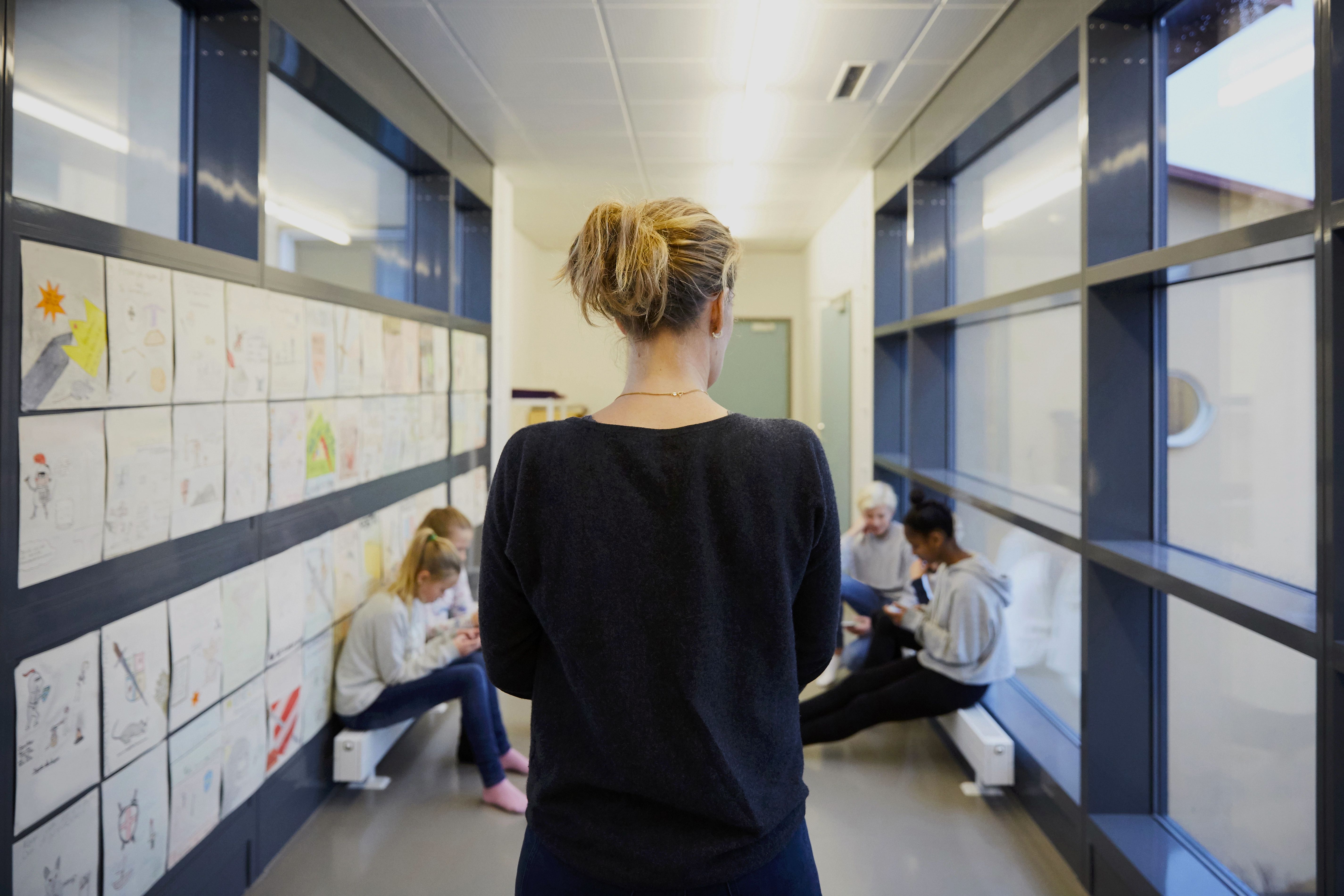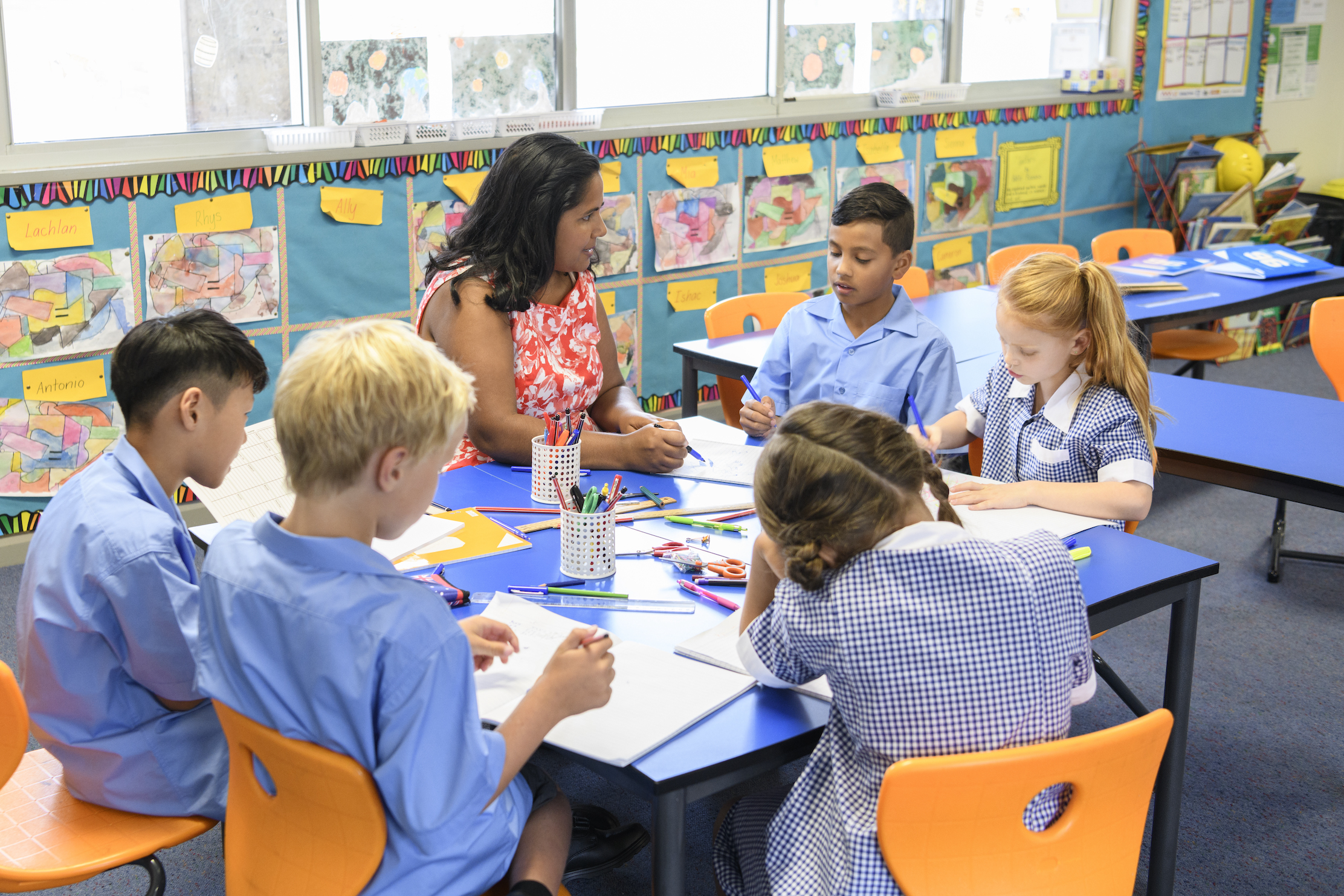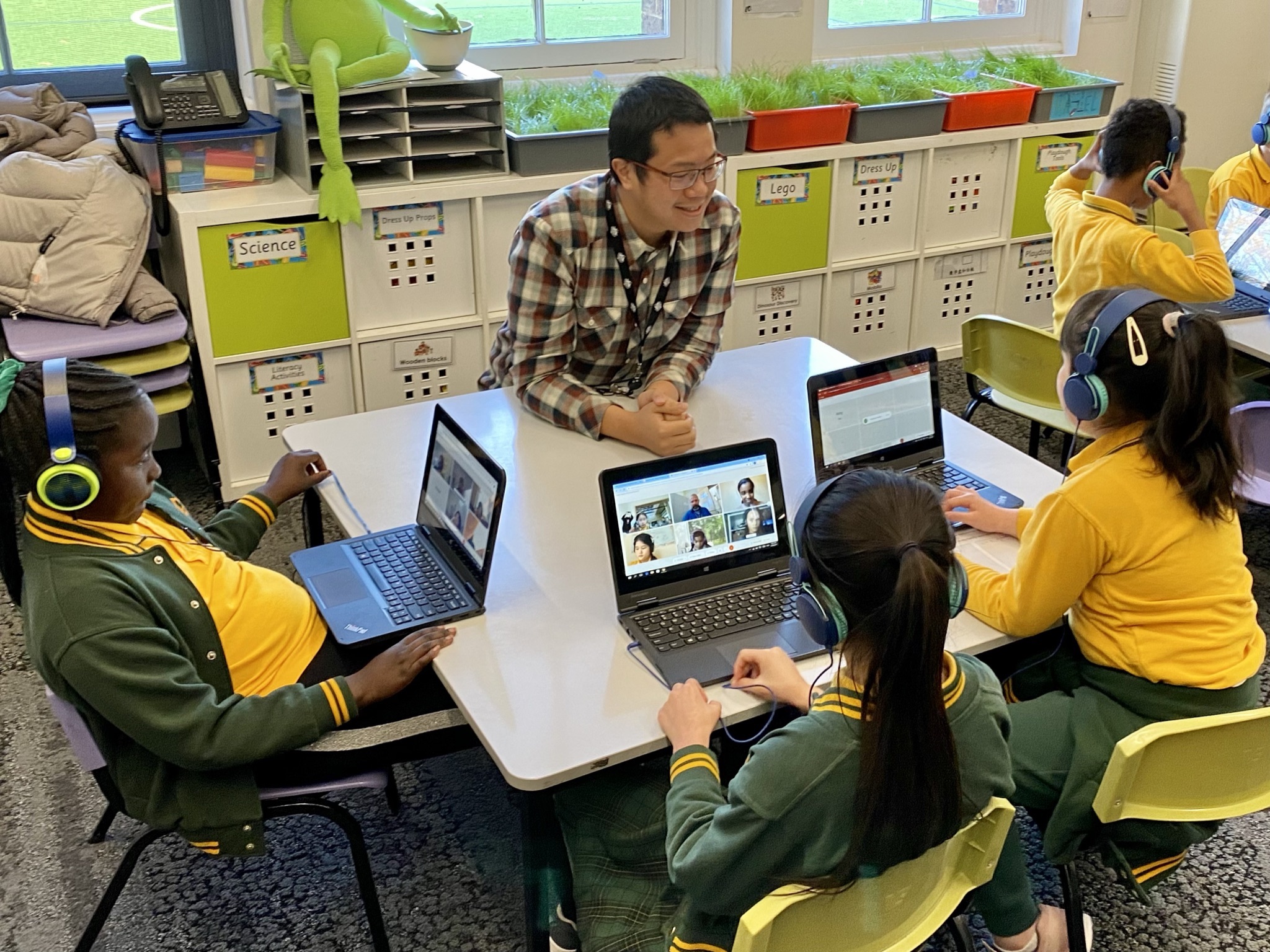
Patching the right holes to retain Australian teachers

By looking at who stays and thrives, as well as who leaves, we can help armour the profession to manage Australia’s teacher shortage
Published 26 April 2023
Last week, I had my first classes with my pre-service teachers since they returned from their first classroom placement. Some had not come back.
I am an initial teacher educator, that is, I work with graduate teachers at the beginning of their careers to give them a theoretical underpinning of education and a toolkit of practical techniques.

But I often feel like a WWII-era Wing Commander stationed in Britain, sending pilots off across the Channel into the unknown.
I have three weeks (well, nine hours over three weeks) to prepare a new batch of teaching recruits to head out into classrooms across Victoria. Some teacher candidates come back confident and victorious, some come back a little ‘battered’, and some don’t come back at all.
Starting out as a teacher is a bit like being a combat pilot.

Recruits have some training behind them as they begin their mission, but once they get into the classroom, they’re flying solo and it’s a dogfight where much of the planning is made redundant.
Pilots in WWII’s Battle of Britain had a very short life expectancy. While teaching doesn’t necessarily pose the same threat to life and limb, an often-cited statistic is that up to 50 per cent of new teachers leave the profession within five years.
Apart from the expense of time, money and effort borne by students, universities and governments in developing a teacher workforce, this potential wastage represents another cost to society as it generally takes between five years to ten years to become an expert teacher.
There has been recent research that contradicts this, but more experience rarely makes someone a worse teacher. Having expert teachers in schools is crucial for students’ wellbeing and learning.

So, what can be done about Australia’s well-documented teacher shortage?
My research involved a systematic review of teacher turnover models; a meta-analysis of more than 60 factors of teacher turnover and retention from almost 200 studies; and a survey of over 1,000 Australian K-12 teachers (that is, primary and secondary school) about their current and past career decisions.
Teacher turnover research has historically looked at the problem in three ways.

Education
What does a great teacher look like?
Firstly, as a supply issue. If enough people enter the profession, there will be enough teachers. This neglects the conditions teachers face ‘in combat’ that can result in higher turnover, like a leaky hose with more pressure put through it.
The second approach looks at loss. While some countries have provided incentives for teachers to delay retirement, hoping to reduce attrition, this does not solve the problem of the high numbers of teachers who are not retirement age leaving the profession.
More recently, research is looking more at the process of people’s careers from graduate to an experienced teacher, investigating how sustaining teachers in their work may be a solution.

During WWII, when damaged Allied aircraft returned to base, mechanics usually placed armour over the holes made by enemy fire.
Hungarian mathematician Abraham Wald drastically improved the survival rate of pilots in their planes by analysing the damage. He suggested that instead of patching the holes in returning planes, they should instead be adding armour on the undamaged spots.
The rationale was that returning planes were able to fly with holes in those spots, but planes hit in these spots did not return from their missions to have their damage data recorded at the bases.

By considering both survivors and casualties, Wald improved the survival rate overall.
My research uses a similar statistical approach called meta-analysis, to look at all the available data for ‘stayers’ and ‘leavers’ in teaching. This allows a comparison of the effect sizes for the different factors affecting teachers’ career decisions.
By aggregating the data and comparing factors, it’s possible to say which turnover ‘holes’ are the most important and where best to ‘place the armour’ for beginning teachers.
Then, we can help more teachers complete their mission successfully.

The results of my meta-analysis reveal that career stage, stress levels and organisational commitment were the most powerful individual factors for decisions to stay or leave.
Teacher workload, teacher safety, satisfaction with school leadership, organisational culture and student characteristics were the most powerful organisation-level factors for decisions to stay or leave.
By asking current and former teachers about their past career decisions in the survey study, it was also possible to give finer detail to the broader trends represented in the effect sizes of the meta-analysis.

Education
Making learning meaningful
Participants reported that decisions to move schools are often career-based – searching for a promotion, a new challenge or experience. Also common was a move to escape a poor culture.
Participants left the profession due to a loss of passion for their subject or teaching as a whole; high stress/burnout; or a lack of connection with students.
They also reported their top reasons for staying in schools and the profession as connection with students; collegiate relationships; and a lack of opportunities in other schools or professions.
More anecdotally, the pre-service teachers I instruct returned with very diverse experiences.

Some were in schools without whiteboards or projectors; schools that were locked down several times a day while intruders were looking to start fights with students; schools where knives were brought into classrooms; and schools where students verbally and physically threatened teachers.
Others were in schools with state-of-the-art facilities; schools with abundant IT and printing/administrative support; schools with engaged, highly capable students and mentors with ample time to supervise and share knowledge.
It seems cruel luck that some pre-service teachers may be ‘shot down’ before their careers can take off because their first placement experiences are so diverse. But the education system itself engenders this same inequality for teachers’ longer careers through the varying standards of working conditions and roles.

Australia’s education system should be able to offer all teachers a high-quality work environment that allows them to complete their educative mission and provide outstanding learning for all students.
Like the pilots who might have been saved by better, more extensive training, or better planes, how many teachers might have had a long, satisfying career if an aspect of the role and working environment was mission appropriate?
Establishing state and national databases on teacher turnover rates and identifying the most salient reasons for leaving and staying will help us tackle the teacher shortage.
If we patch the right holes at the right time in the armour of the profession, we can help teachers soar throughout their careers.
Banner: Getty Images
